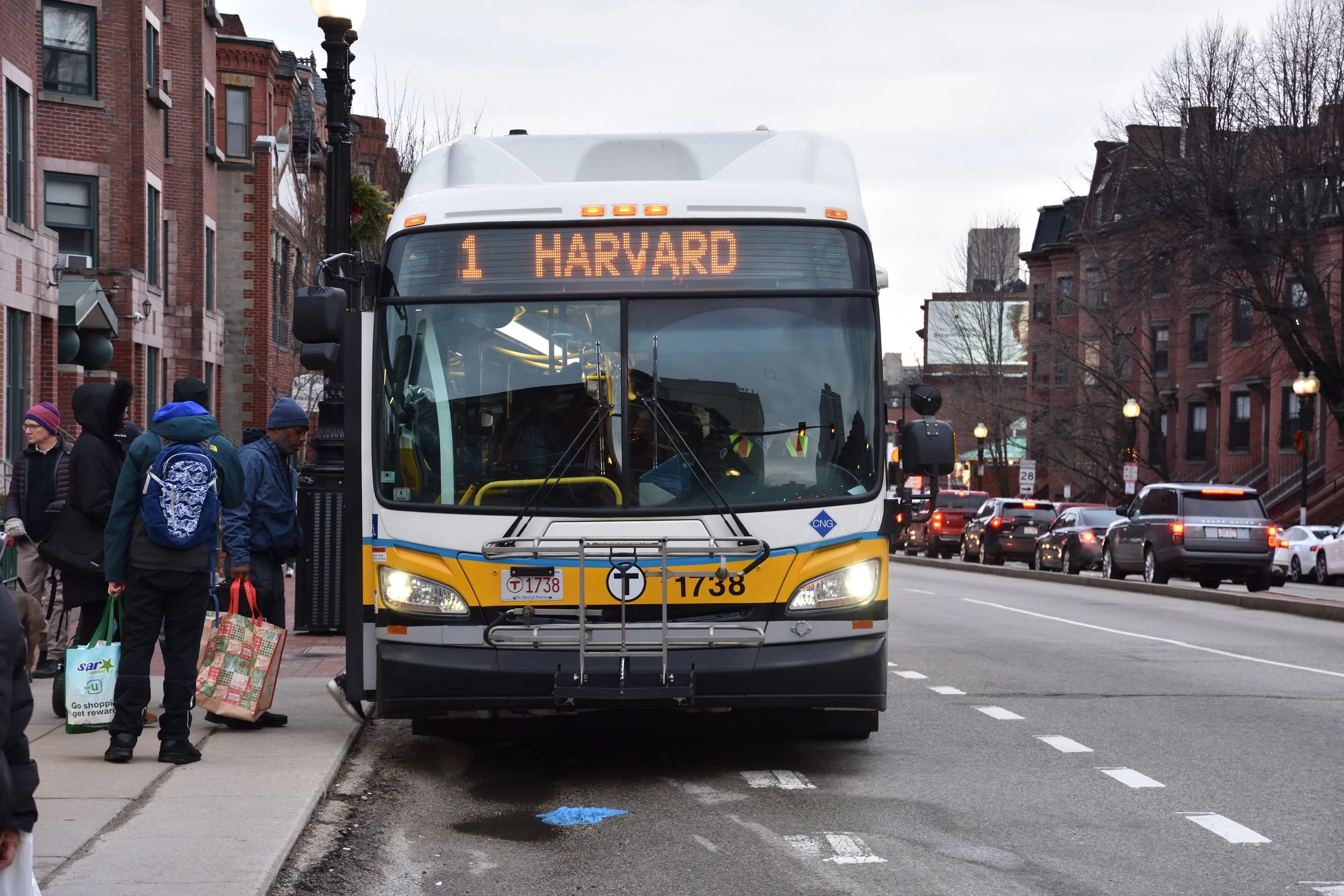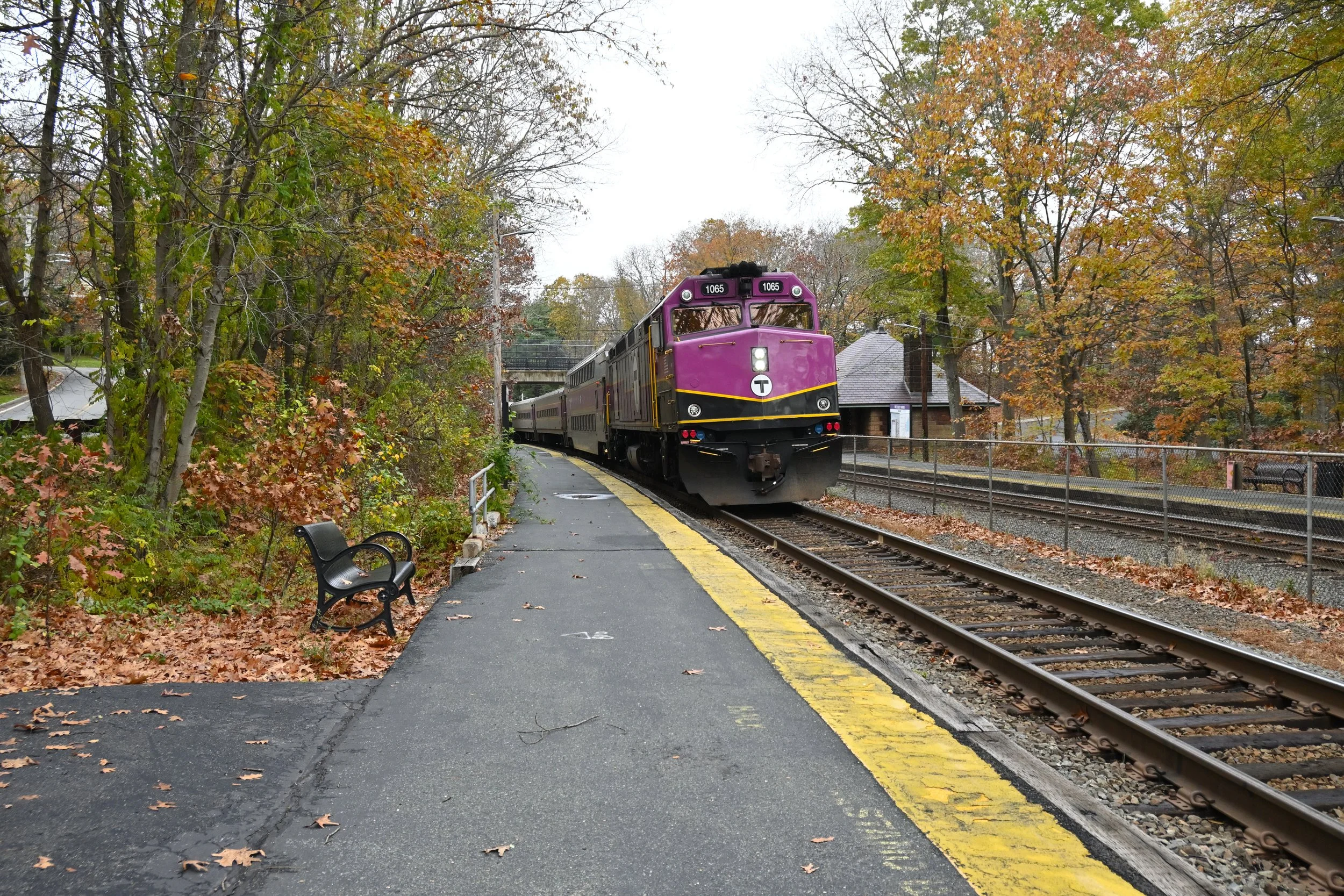Realtime data or: How I Learned to Stop Worrying and Love the Bus and How You Might Also Love the Commuter Rail
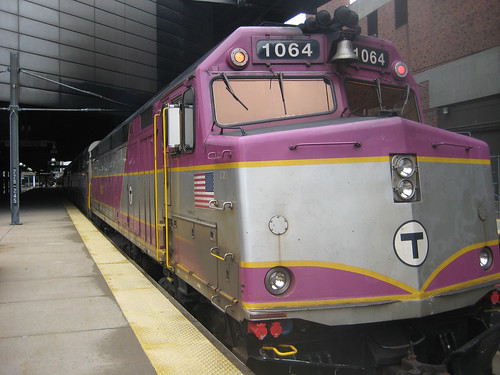
The MBTA released realtime bus tracking data for all bus routes at the end of last summer and they haven’t looked back. Realtime tracking of buses has taken most of the worry out of riding the bus; even if it does have its glitches, it’s reliable enough to make riding more accessible for a whole swath of people who had previously been averse to riding buses, including this blogger.
Yesterday, the MBTA opened even more data up to the development community with realtime tracking data for commuter rail. Josh Robin, Director of Special Projects and Innovation at the T, led the announcement, impressing upon developers the fact that the feed is still in beta since there are still gaps in the data. In order to improve the consistency of the data, various backend technologies and practises still need to be improved at the MBCR, the MBTA's contractor for commuter rail services.
Unlike buses and subway service where the greatest factor affecting customer perceptions is frequency, commuter rail is judged on its timeliness based on the published schedule. The feed will deliver not only the timeliness of a train, but also whether or not the train has stopped and it is unknown when the train will start again, as in instances where a train has broken down or there is any other blockage on the line.
The feed takes advantage of data that has already been available to the agency for internal management, as with the previous releases of realtime data for buses and subways. What's new is the formatting of that data into something that can easily be used by developers to make the numerous user-friendly apps that have been published to date.
Developers should be including the new data into their apps soon, making commuter rail just a bit more accessible and taking the guessing out of riders' commutes.
On track for progress
GM Rich Davey stopped by on his way out to thank the developers and answer any questions the crowd had. He reinforced the fact that releasing this data and enabling third parties to develop applications to make it useable for riders is part of his goal to find cost-effective ways of improving the accessibility of transit and the rider experience.
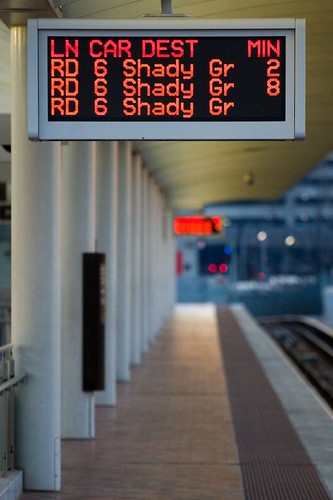
While I laud the MBTA for improving information delivery with a cost-effective solution (they have won numerous open data awards for their work), it only enables riders who own smartphones and is dependent on cellular network access. SMS bus tracking is available through NextBus, but no such service is available to riders for the Blue, Red, and Orange Lines and the recently added commuter rail. Further, cell service isn't available at every underground station (though that's slowly changing).
Ultimately, the MBTA needs to better format information on the many LED signs that are all over the system, including the commuter rail. At the moment, riders without smartphones or with no cell service only know when a train is near the moment an announcement is made - there is no persistent, in-station information about the next train, let alone the one following behind it.
I've spoken with the GM about this and he knows it needs to be done. Part of the problem is cost of labour to retool the system and the cost of hardware to upgrade some LED signs that don't have the resolution necessary to display some of this information. Meanwhile, the MTA in New York City is well on its way to have LED countdown clocks installed at every station, a system that was ultimately developed in-house at lower cost after many years of delays and budget overruns with outside contractors.
While countdown clocks won't solve the many infrastructure-related delays that happen each day, both here in Boston and in New York, it arms riders with the information they need to make split-second decisions about their commute if they can take alternate routes. This damage control approach to customer service is pretty much the only option to improve perceived quality of transit so long as transit agencies aren't given the money to bring their systems up to a state of good repair (the GM himself passingly lamented the fact that there simply isn't money to get new Red Line cars - because of a $2 billion shortfall in federal, state, and local funding, the current capital investment programme[PDF] for the next 5 years only includes $200 million for engineering and design of new Red and Orange Line cars, not purchase).
GM Davey - Executive Transit Rider
When I asked GM Davey what his favourite app was (in front of a room of app developers), he noted that he regularly used a web site, partly because he had to switch back to his Blackberry from his Android since it was having issues syncing with the MBTA's email services. He also noted that he had recently used the site on a trip via the 39 to dinner at Ten Tables in Jamaica Plain, for which he gave rave reviews. With that, I'm curious if there would be public interest in a (bi-)weekly blurb from the GM in the Metro about his experiences on the T.
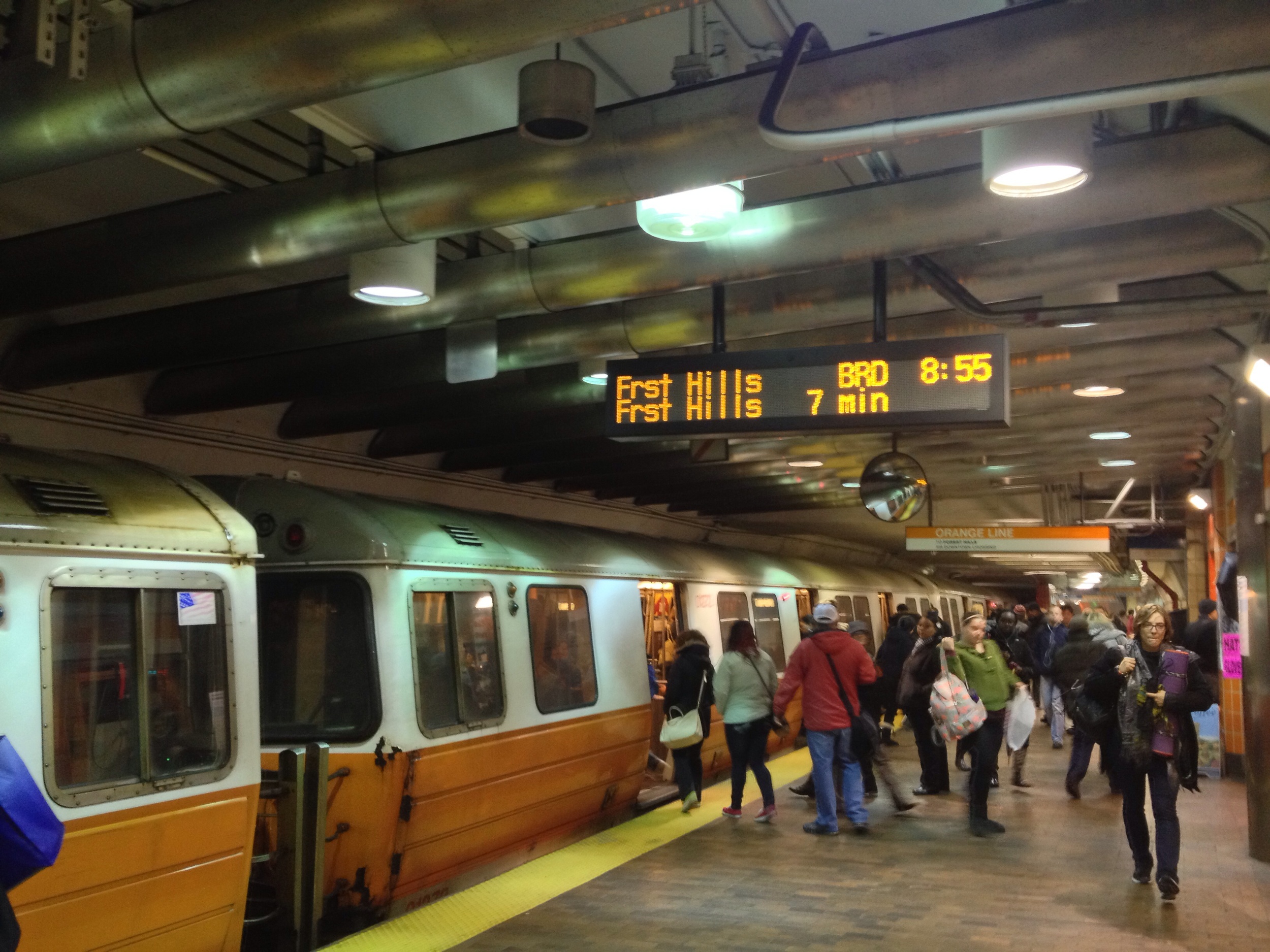 This Monday, the MBTA officially enabled countdown clocks on pre-existing LED signage boards at an additional 24 stations across the system, bringing the total to 190 individual signs now counting down the minutes to train arrivals at 30 stations. This also marked Dr. Beverly Scott's first day on the job as MBTA GM, driving home her remark that she is a 'start-up, fix-it, turnaround, transition manager...a high impact player.'
This Monday, the MBTA officially enabled countdown clocks on pre-existing LED signage boards at an additional 24 stations across the system, bringing the total to 190 individual signs now counting down the minutes to train arrivals at 30 stations. This also marked Dr. Beverly Scott's first day on the job as MBTA GM, driving home her remark that she is a 'start-up, fix-it, turnaround, transition manager...a high impact player.'
